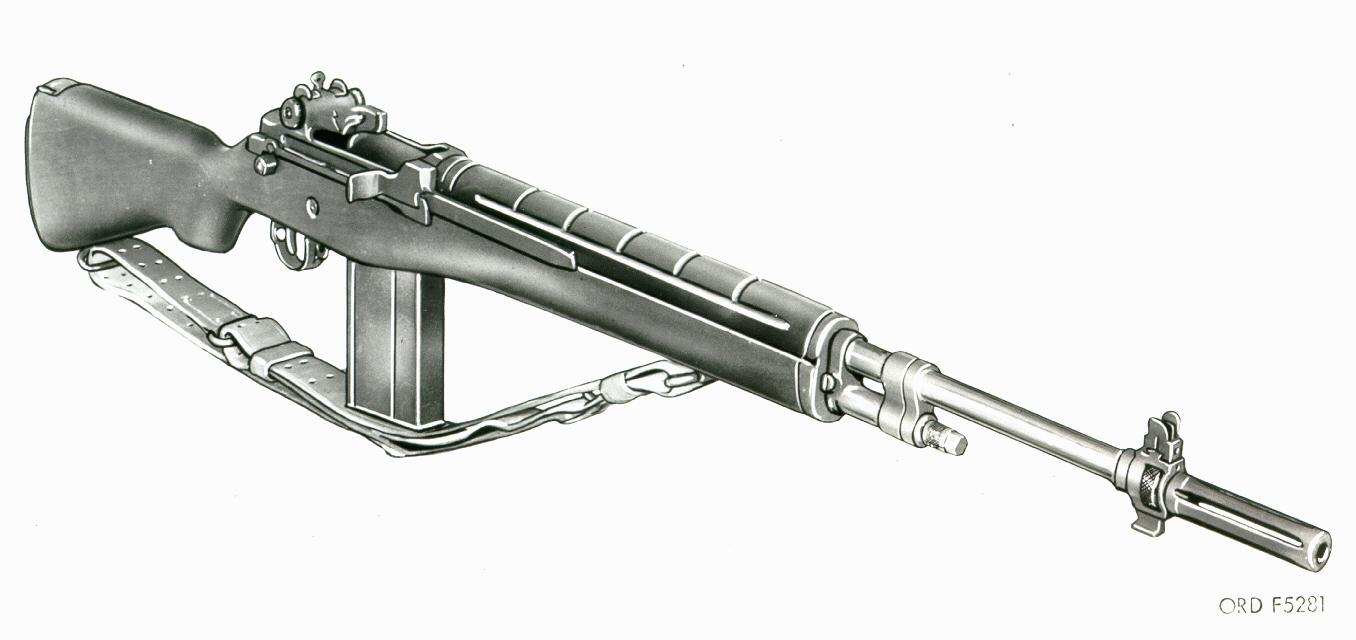- Joined
- May 26, 2010
- Messages
- 31,122
- Likes
- 41,041
The U.S. Army recently conducted one of the most extensive studies into small arms performance in CQB (Close Quarters Battle) and published their findings. This study was conducted to answer concerns that some warriors were expressing in After Action Reports (AAR) post battle about the effectiveness of the 5.56mm NATO cartridge.
The test team not only tested M193, M995 (AP) and M855 "Green Tip", but they also tested a number of other loads to see if there were any improvements made to the combat effectiveness of the 5.56mm round by civilian companies.

In the 5th paragraph of the report, Major David LaFontaine makes the following statement which pretty much sums up what I've been saying about caliber selection for many years.
'In the end, "footpounds of energy" is misleading, "stopping power" is a myth, and the "oneshot drop" is a rare possibility dependent more on the statistics of hit placement than weapon and ammunition selection. Effectiveness ultimately equates to the potential of the weapons system to eliminate its target as a militarily relevant threat."
In the end the U.S. Army found that no commercially available alternatives in 5.56mm ammunition performed measurably better than existing issued ammo (M855, M193, M995). This study was based on CQB effectiveness, and from the ranges of 0-50 meters all ammo tested performed similarly and none stood out as being clearly superior.
Also worth mention is that during this testing the U.S. Army also tested the M80 7.62x51mm round fired from an M14 to compare it to the performance of the 5.56mm in CQB conditions. It performed in the same band of performance as the 5.56mm ammo tested. They concluded that in a CQB situation the 7.62x51mm round offered no measurable performance benefit over the 5.56mm round.
One more important note, they also concluded that "shot placement trumps all other variables". This is something I've been saying for years (and in some of my videos found on my YouTube channel). Take the weapon you can best hit the target with, then worry about what caliber it is.
Source : http://wstiac.alionscience.com/pdf/WQV8N1_ART01.pdf
==========================
@Ray Sir
@kushalappa
@shafiq alam
@TrueSpirit,
@Somreet Bhattacharya
@pmaitra
@sayareakd
@DivineHeretic
@ALBY
@ladder
@W.G.Ewald
@Abhijeet Dey
@arnabmit
@JBH22
@navkapu
@Dovah
@Keshav Murali
And others..
===============
The test shows as per US Army the effect of 5.56mm ( 62gr ) is nearly same a 7.62x51mm / FAL round..
Now that is interesting as we emphasis on 7.62x39mm for CT ops, And circulation of 5.56mm wounding myth..
The test team not only tested M193, M995 (AP) and M855 "Green Tip", but they also tested a number of other loads to see if there were any improvements made to the combat effectiveness of the 5.56mm round by civilian companies.

In the 5th paragraph of the report, Major David LaFontaine makes the following statement which pretty much sums up what I've been saying about caliber selection for many years.
'In the end, "footpounds of energy" is misleading, "stopping power" is a myth, and the "oneshot drop" is a rare possibility dependent more on the statistics of hit placement than weapon and ammunition selection. Effectiveness ultimately equates to the potential of the weapons system to eliminate its target as a militarily relevant threat."
In the end the U.S. Army found that no commercially available alternatives in 5.56mm ammunition performed measurably better than existing issued ammo (M855, M193, M995). This study was based on CQB effectiveness, and from the ranges of 0-50 meters all ammo tested performed similarly and none stood out as being clearly superior.
Also worth mention is that during this testing the U.S. Army also tested the M80 7.62x51mm round fired from an M14 to compare it to the performance of the 5.56mm in CQB conditions. It performed in the same band of performance as the 5.56mm ammo tested. They concluded that in a CQB situation the 7.62x51mm round offered no measurable performance benefit over the 5.56mm round.
One more important note, they also concluded that "shot placement trumps all other variables". This is something I've been saying for years (and in some of my videos found on my YouTube channel). Take the weapon you can best hit the target with, then worry about what caliber it is.
Source : http://wstiac.alionscience.com/pdf/WQV8N1_ART01.pdf
==========================
@Ray Sir
@kushalappa
@shafiq alam
@TrueSpirit,
@Somreet Bhattacharya
@pmaitra
@sayareakd
@DivineHeretic
@ALBY
@ladder
@W.G.Ewald
@Abhijeet Dey
@arnabmit
@JBH22
@navkapu
@Dovah
@Keshav Murali
And others..
===============
The test shows as per US Army the effect of 5.56mm ( 62gr ) is nearly same a 7.62x51mm / FAL round..
Now that is interesting as we emphasis on 7.62x39mm for CT ops, And circulation of 5.56mm wounding myth..
Last edited by a moderator:





